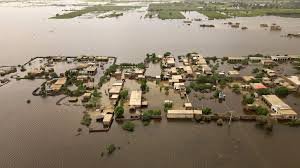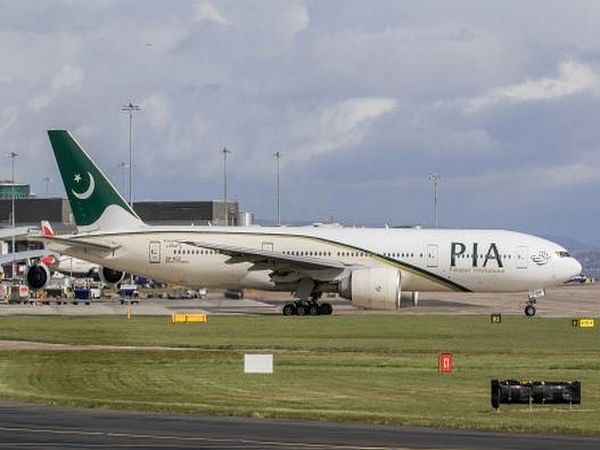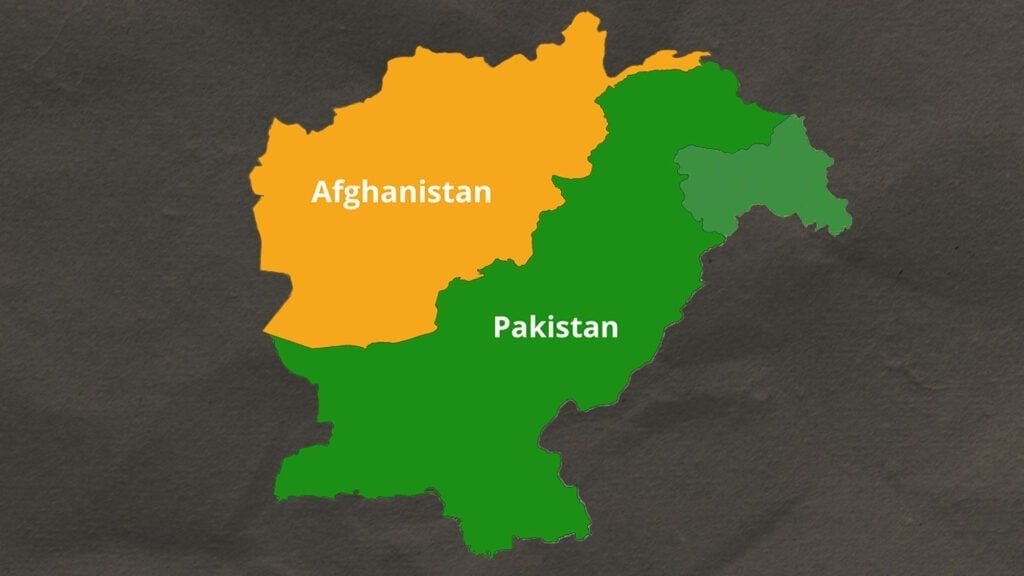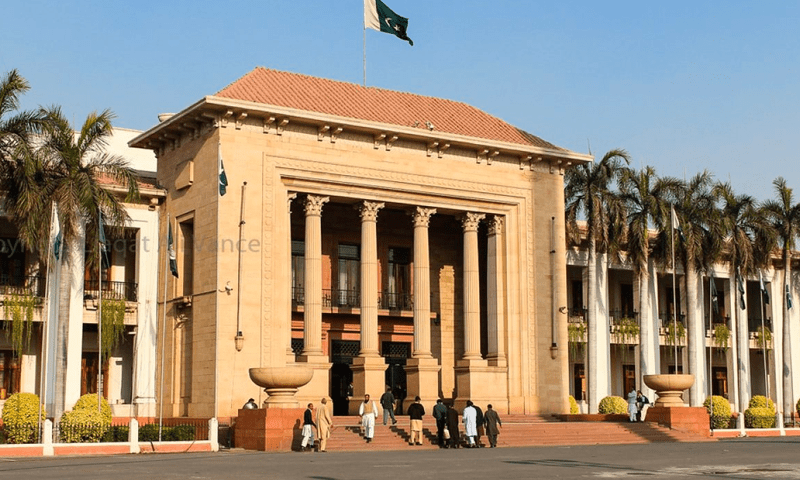Arshad Mahmood Awan
Pakistan’s southern march of floodwaters is not merely a meteorological episode; it is a governance and diplomacy stress test. Heavy monsoon rains and climate volatility form the natural backdrop, but India’s apparent weaponisation of water has magnified the devastation. When upstream actions and downstream vulnerabilities collide without transparent protocols, flood risk becomes a function of politics rather than hydrology—turning a natural hazard into a preventable disaster.
Planning Minister Ahsan Iqbal, speaking from his flood-hit constituency of Narowal on the Indian border, framed the crisis plainly: India is playing politics with water. He noted that New Delhi failed to share timely, granular information about surging flows headed for Pakistan. In flood response, minutes matter; when the upstream state withholds specifics, the downstream state loses precious time to evacuate, reinforce embankments, and manage reservoirs.
The procedural breakdown is stark. India declared a “high flood” situation via its High Commission in Islamabad, but not through the Permanent Indus Commission, the institutional channel mandated by the Indus Waters Treaty (IWT). After the Pahalgam episode in April, India has held the IWT “in abeyance”—a unilateral stance that hollows out a treaty designed precisely to depoliticise water sharing. General advisories are not a substitute for official, high-resolution telemetry transmitted through the PIC with verifiable timestamps and locations.
Observers point to a troubling pattern: earlier this year, India reportedly reduced flows in the Chenab, aggravating shortages, and later released large volumes with limited warning. The warnings that did arrive, critics argue, seemed stage-managed to signal “humanitarian concern” to international audiences while providing Pakistan insufficient actionable data. Flood diplomacy is not theatre; it is logistics, timing, and numbers—cubic metres per second, crest arrival times, and spillway gate schedules.
If empathy were the motive, the remedy would be straightforward: restore full IWT operations, including structured, near-real-time data exchange and technical coordination. The treaty’s original practice included precise, routine disclosures that enabled Pakistan to shift from guesswork to planning—model flood peaks, pre-position relief, and manage controlled breaches. Without that specificity, National and Provincial Disaster Management Authorities are forced to fly blind, scaling responses to rumours rather than hydrological facts.
The legal and moral ground is also clear. Neutral arbiters, including the Permanent Court of Arbitration at The Hague, have affirmed that India cannot unilaterally suspend or hold the IWT in abeyance. Data-sharing and flood management must be governed by institutional SOPs, not ad hoc communiqués. When the upper riparian weaponises opacity—either by throttling flows or unleashing them—downstream societies pay the price in lost lives, livelihoods, and infrastructure.
For Pakistan, two tracks are essential and simultaneous. First, intensify diplomacy to restore treaty functionality—through bilateral channels, third-party facilitation where necessary, and sustained engagement in multilateral forums. Second, act as if the worst data gap will persist: strengthen domestic early-warning systems, expand river telemetry and radar coverage, and integrate satellite rainfall estimates with machine-learning flood models to generate district-level, hour-by-hour forecasts that can trigger automatic alerts.
Equally urgent is a governance upgrade from the canal to the coast. The Federal Flood Commission and provincial PDMAs must be resourced and measurable, with open-data dashboards that publish flows, embankment conditions, and planned releases in real time. Transparent information reduces panic, curbs disinformation, and empowers local administrations and citizens to act. Punjab and Sindh, as the current frontlines, need joint operations rooms that translate hydrological inputs into evacuation orders, traffic management, and relief logistics.
Operational readiness must move beyond memos. Pre-season embankment audits, redundant power for pumping stations, and inventories of mobile bridges and temporary culverts should be standard. Controlled inundation plans—where low-risk agricultural tracts are pre-designated for relief of pressure on vulnerable settlements—require public consent and transparent compensation mechanisms. The choice is not between damage and no damage; it is between chaotic destruction and deliberate, minimised sacrifice with dignity preserved.
Republic Policy on X (Twitter)
Local governments are the hinge of credible response. Devolved disaster units, trained volunteers, and neighbourhood-level muster points reduce mortality when seconds count. Community drills, audible siren networks, and cell-broadcast alerts can close the last-mile gap that satellites and command centres cannot. Relief must be paired with rapid cash support through digital wallets to stabilise households and prevent secondary crises of hunger and debt.
Longer term, Pakistan needs a resilience economy: watershed restoration upstream, urban permeability and wetland buffers, climate-proof road designs, and mandatory risk pricing for infrastructure finance. Insurance pools, catastrophe bonds, and parametric products tied to rainfall and flow thresholds can transfer part of the risk away from the poorest—if regulators demand consumer protection and transparency.
None of this absolves India of treaty obligations. The IWT was crafted to defuse zero-sum thinking; when honoured, it has served both countries well even in conflict. Decoupling humanitarian early warnings from geopolitics is not charity—it is civilised statecraft. Restoring the PIC’s role, resuming structured data exchange, and agreeing incident protocols would lower temperatures and save lives on both sides.
The floods will recede; the memory of avoidable loss will not. Pakistan must refuse to be trapped between climate chaos and hydropolitical brinkmanship. It should prosecute a dual strategy—relentless diplomacy to reactivate treaty mechanisms, and relentless competence to protect citizens regardless of upstream conduct. India, for its part, should abandon theatrics for treaty compliance. From theatre to treaty, from suspicion to standard operating procedures: that is the only credible way to turn deadly waters back into shared rivers.















